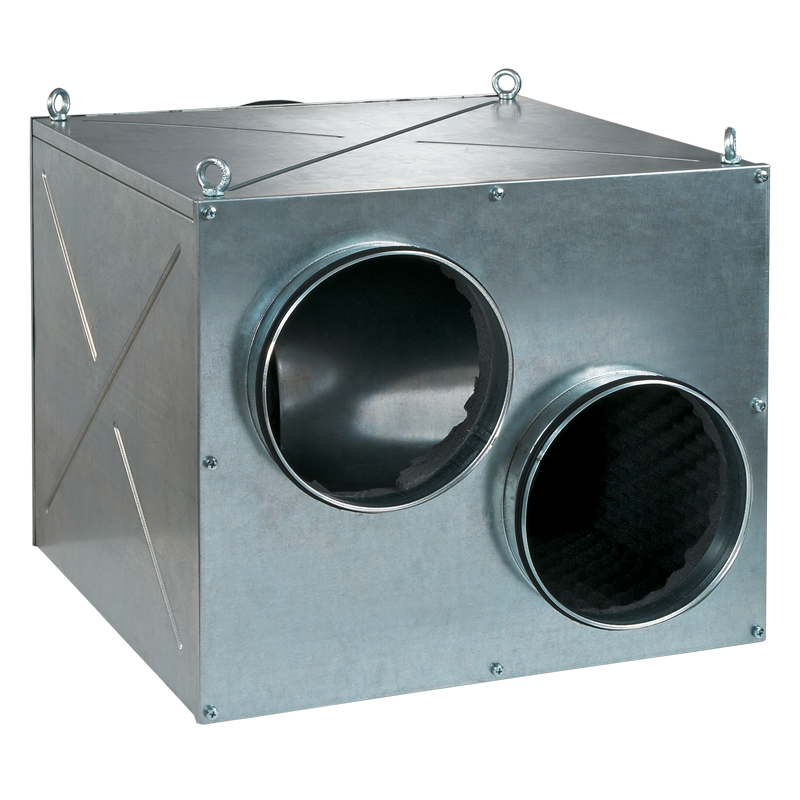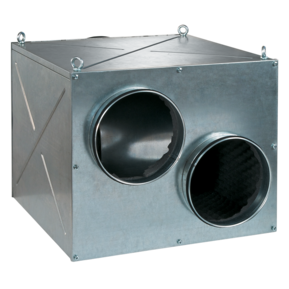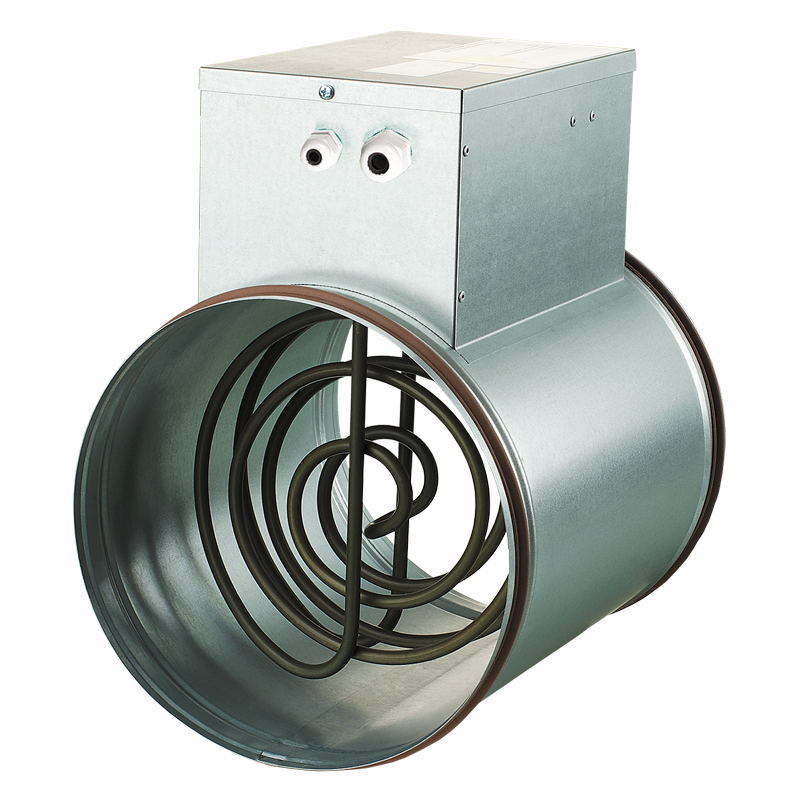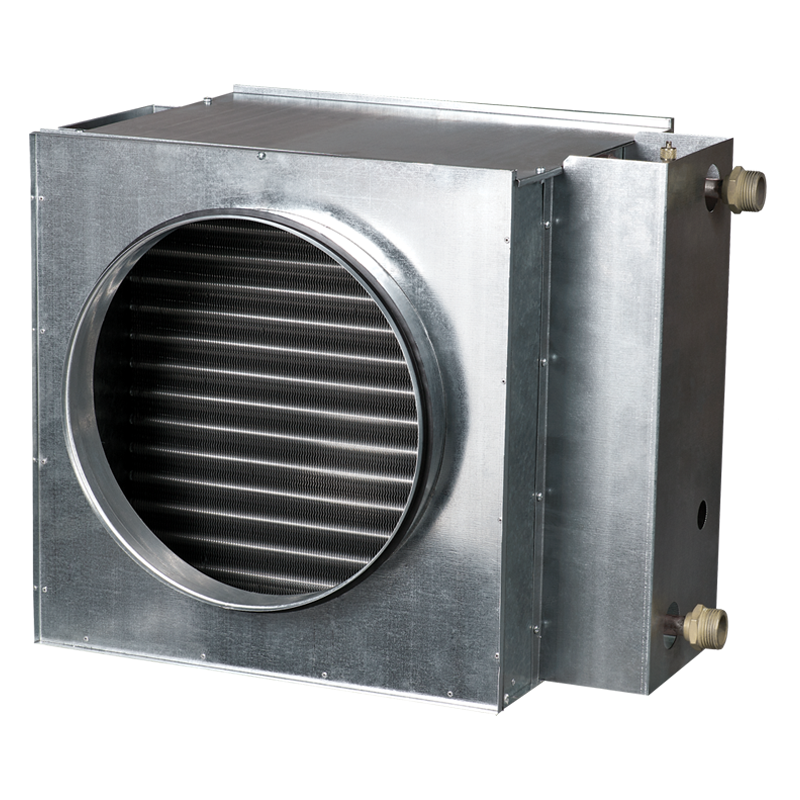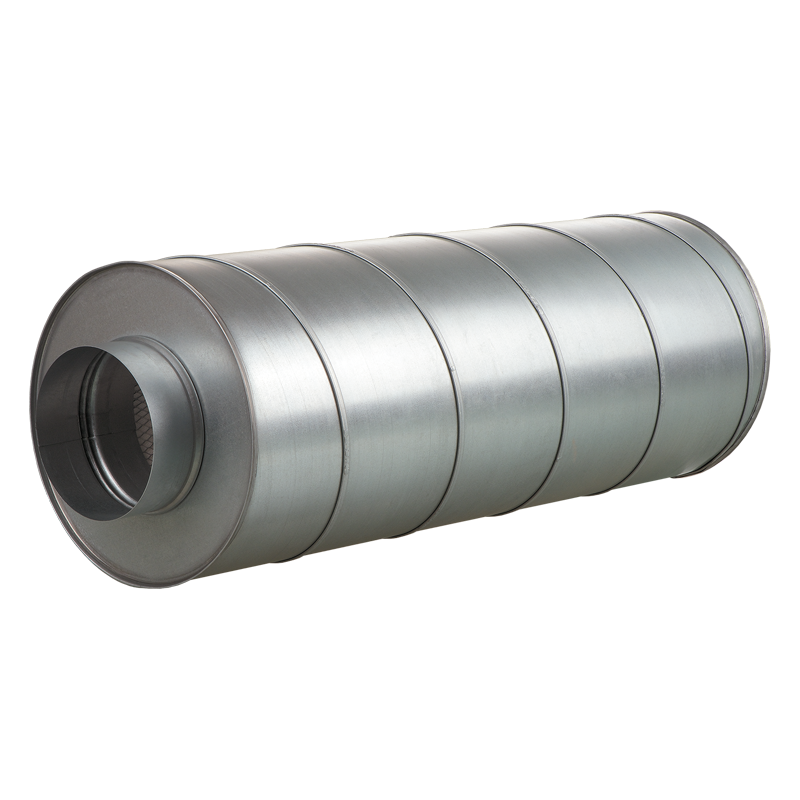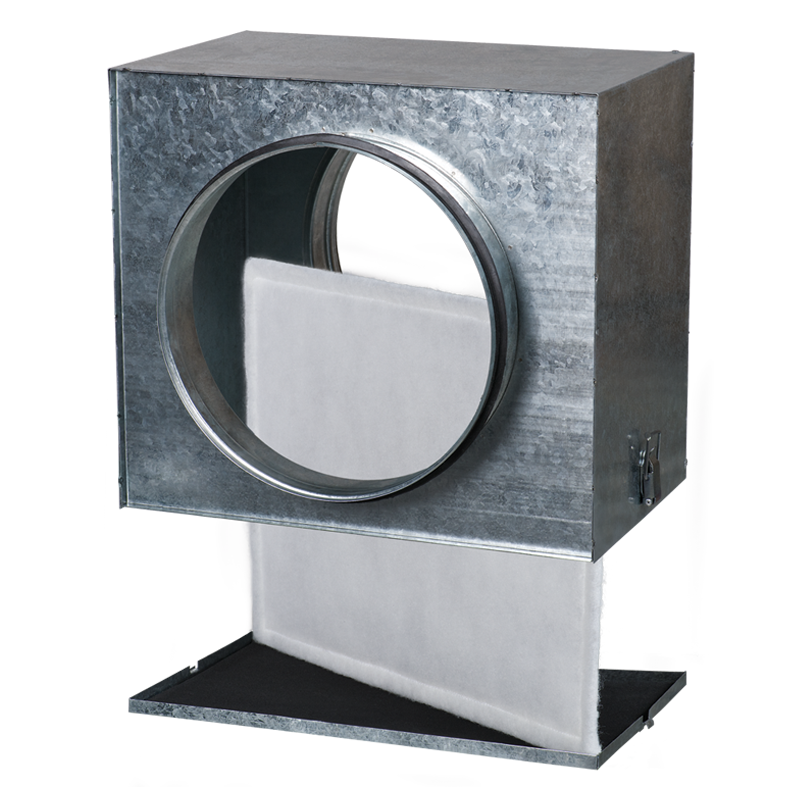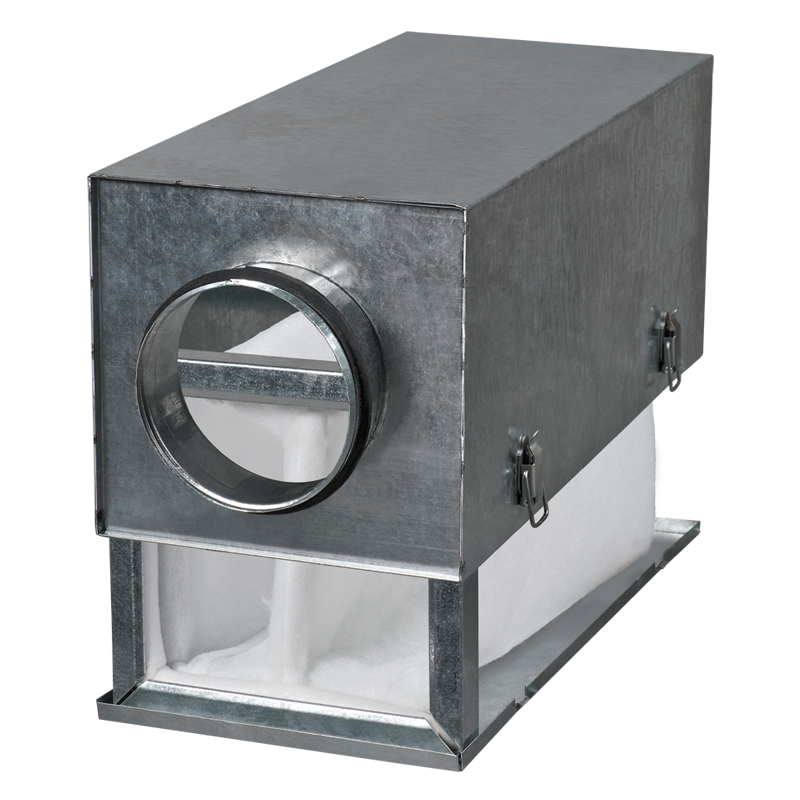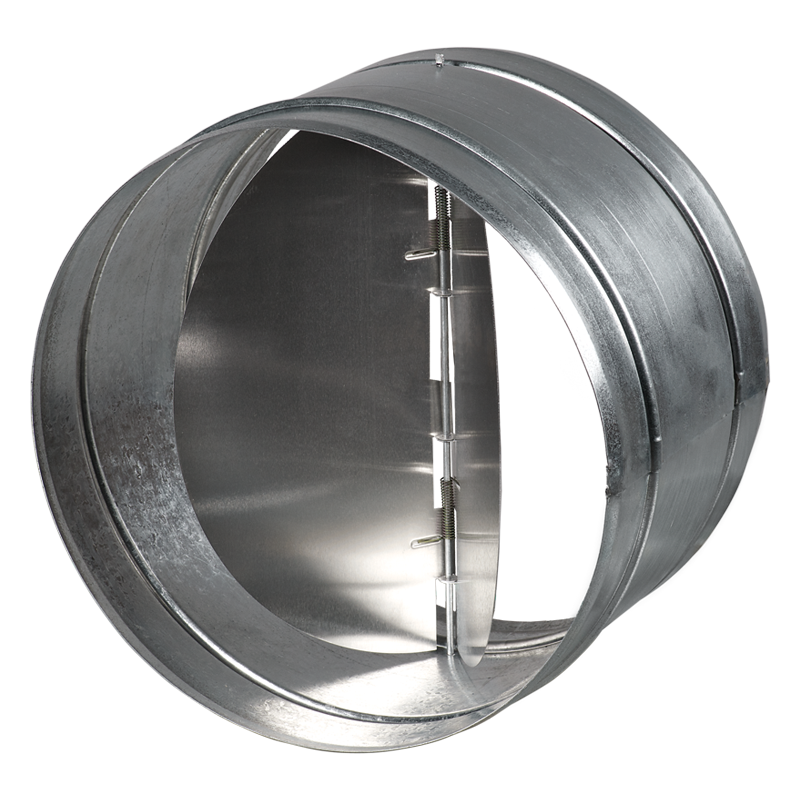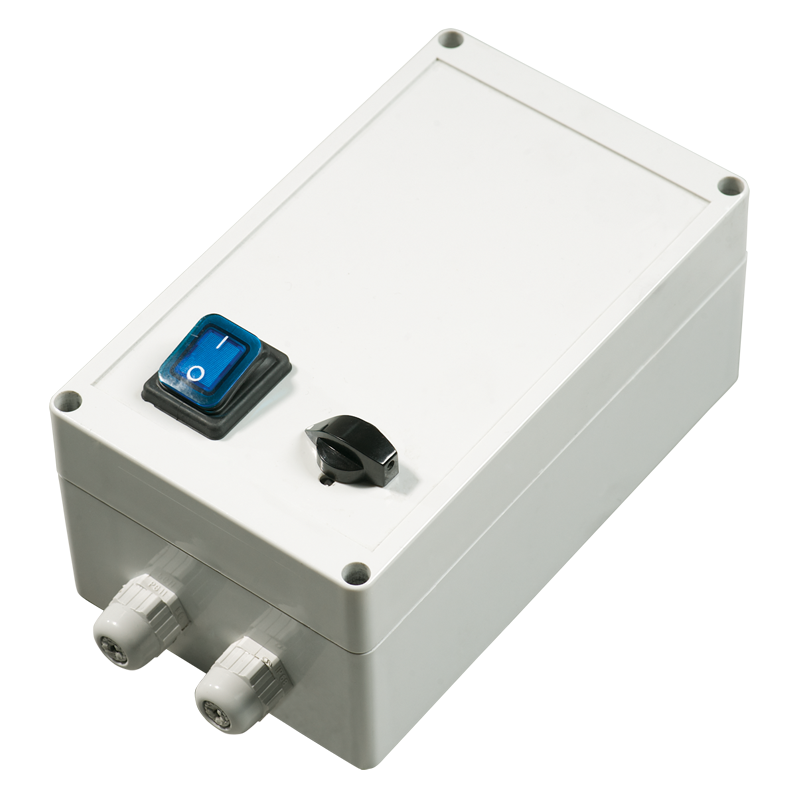VENTS KSD 315/250x2 S-6E
- Description
- Characteristics
- Downloads
- Dimensions
- Legend
| APPLICATIONS | |
|
|
| DESIGN | |
|
|
| MOTOR | |
|
|
| SPEED CONTROL | |
|
|
| MOUNTING | |
|
|
|
The fan with electronic temperature and control module (U option)
|
|
|
|
|
|
|
Control logic of the fan with the electronic temperature and speed control module
|
|
|
|
| There are two switch delay patterns for various cases: | |
|
|
| Example for temperature sensor delay: | Example for timer delay: |
|
|
|
|
| ↓ | ↓ |
|
|
| ↓ | ↓ |
|
|
| ↓ | ↓ |
|
|
| ↓ | ↓ |
|
|
| ↓ | |
|
|
| ↓ | |
|
|
| ↓ | |
|
|
|
|
| Parameter |
KSD 315/250x2 S-6E |
Measurement unit |
|---|---|---|
| Engine Type | 220В / 50Гц | - |
| Phase | 1 | ˜ |
| Voltage | 230 | V |
| Frequency | 50 | Hz |
| Current | A | |
| Sound pressure level at 3 m distance | 43 | dBА |
| Power consumption | 953 | W |
| RPM | 970 | min-1 |
| Maximum transported air temperature | -20 +50 | °С |
| Protection rating | IP X4 | - |
| Weight | 45 | kg |
High-powered motor  |
1 | - |
Number of flanges  |
4 | - |
| Number of poles | 6 | - |
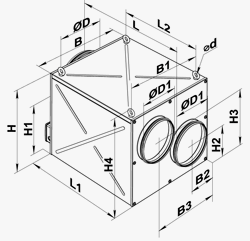
| Parameter | Value | Measurement unit |
|---|---|---|
| ∅D1 | 248 | mm |
| ∅d | 25 | mm |
| B | 670 | mm |
| B1 | 620 | mm |
| B2 | 216 | mm |
| B3 | 457 | mm |
| H | 610 | mm |
| H1 | 450 | mm |
| H2 | 186 | mm |
| H3 | 427 | mm |
| H4 | 658 | mm |
| L | 825 | mm |
| L1 | 725 | mm |
| L2 | 660 | mm |
| Series | Exhaust flange diameter [mm] | Intake flange diameter [mm] * | Number of intake flanges | Number of poles | Phase | Options |
| VENTS KSD |
250; 315 | 250 | 2 | 4; 6 | E - single phase | S - high-powered motor; R - power cord with IEC C14 electric plug; U – speed controller with electronic thermostat and temperature sensor integrated into the air duct. Equipped with power cord and IEC C14 electric plug. Temperature-based operation logic; Un – speed controller with electronic thermostat and external temperature sensor fixed on 4 m cable. Equipped with power cord and IEC C14 electric plug. Temperature-based operation logic; U1 – speed controller with electronic thermostat and temperature sensor integrated into the air duct. Equipped with power cord and IEC C14 electric plug. Timer-based operation logic; U1n – speed controller with electronic thermostat and external temperature sensor fixed on 4 m cable. Equipped with power cord and IEC C14 electric plug. Timer-based operation logic. |
* no intake flange diameter if it is equal to the exhaust flange diameter



 Domestic fans
Domestic fans  Industrial and commercial fans
Industrial and commercial fans  Single-room ventilation systems with heat recovery
Single-room ventilation systems with heat recovery  Air handling units
Air handling units  Air heating systems
Air heating systems  Air sterilizers
Air sterilizers  Smoke extraction and ventilation
Smoke extraction and ventilation  Accessories for ventilating systems
Accessories for ventilating systems  Electrical accessories
Electrical accessories  Ventilation ducts and fittings
Ventilation ducts and fittings  Air distribution components
Air distribution components  Ventilation kits and vents
Ventilation kits and vents 